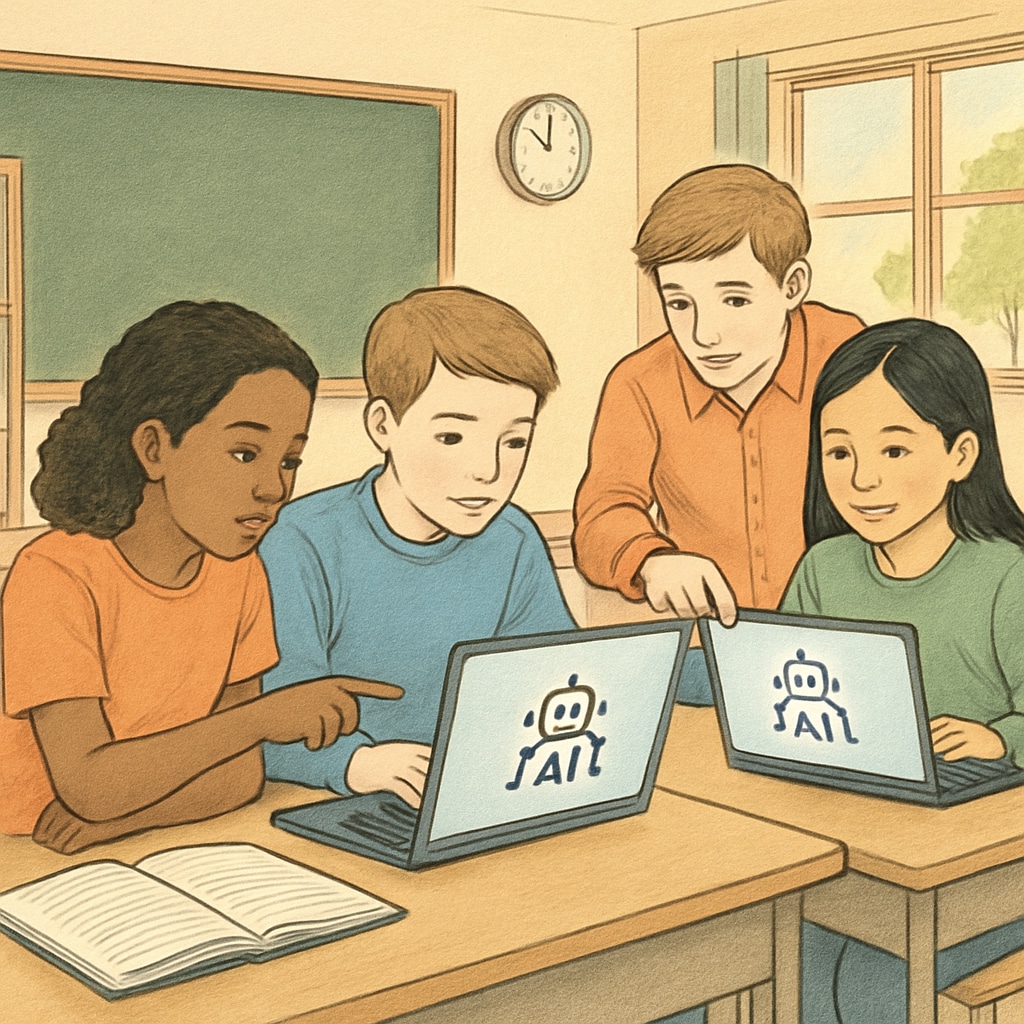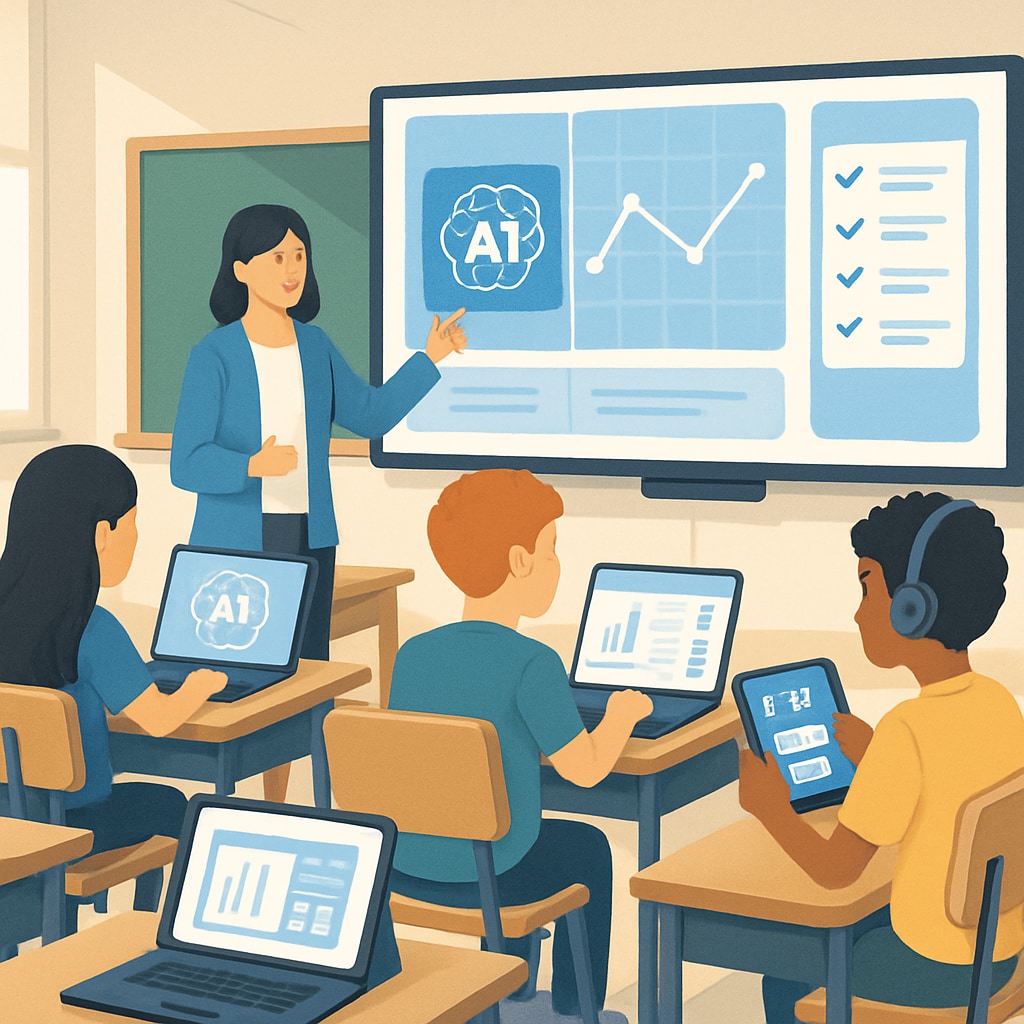The rapid advancement of artificial intelligence (AI) is revolutionizing various aspects of society, including how we evaluate talent. Traditional competitive exams, long seen as the cornerstone of educational success, are now facing scrutiny for their inability to adapt to the demands of the AI era. As technology evolves, there is a growing need to reform these systems to better identify and nurture a wider range of skills and abilities. This article delves into the limitations of competitive exams in the context of AI and suggests ways to build a more comprehensive talent selection framework.
Challenges of Competitive Exams in the AI Era
Competitive exams have historically been designed to assess candidates’ knowledge and problem-solving skills through standardized tests. However, with the rise of AI, the effectiveness of this model is being questioned. AI tools, such as ChatGPT and other advanced algorithms, can now perform tasks that were once considered markers of human intelligence, such as solving complex equations or generating creative essays. This raises a critical question: are we testing human potential, or simply skills that machines can replicate?
Furthermore, the focus on rote memorization and standardized answers often penalizes students who excel in creative thinking, emotional intelligence, or interdisciplinary approaches. These are precisely the skills that are becoming increasingly valuable in an AI-driven world. For example, while machines can process massive amounts of data, they lack the human ability to empathize, innovate, and adapt to complex social contexts.

Rethinking Talent Selection in an AI-Driven World
To address these challenges, education systems and governments must work together to reform talent selection processes. Here are some key areas for improvement:
- Emphasizing Holistic Evaluation: Admissions and hiring processes should consider a broader range of abilities, including creativity, leadership, and collaboration skills.
- Incorporating AI Literacy: As AI becomes a fundamental part of the workforce, students should be evaluated on their ability to work alongside AI tools, rather than compete against them.
- Promoting Experiential Learning: Real-world projects and internships can provide a more accurate measure of a candidate’s ability to apply knowledge in practical settings.
For instance, instead of relying solely on standardized tests, institutions could adopt portfolio-based assessments or conduct interviews that simulate real-world problem-solving scenarios. These methods would provide a more nuanced understanding of a student’s potential beyond their exam scores.
The Role of Technology in Shaping Future Assessments
Interestingly, the same AI technology that challenges traditional exams can also play a pivotal role in developing new assessment methods. Adaptive testing, powered by AI, can personalize questions based on a student’s learning pace and style, offering a more individualized evaluation process. This approach not only reduces stress but also provides a clearer picture of a student’s strengths and weaknesses.
Additionally, blockchain technology could be used to track and verify a student’s achievements over time, creating a decentralized and tamper-proof record of their skills and accomplishments. Such innovations would make it easier for institutions and employers to assess candidates based on a comprehensive profile rather than a single exam score.

Conclusion: Unlocking True Potential
As artificial intelligence continues to reshape the world, our education systems must evolve to ensure that we are identifying and nurturing true talent. Competitive exams, while useful in certain contexts, are no longer sufficient as the sole measure of ability. By adopting a more holistic and flexible approach to talent selection, we can create opportunities for students to showcase their full potential and prepare them for success in an AI-driven future.
Ultimately, the goal is not to compete with machines but to leverage our uniquely human traits—creativity, empathy, and adaptability—to thrive alongside them. The time has come for education systems to embrace this shift and build a framework that truly empowers the next generation.
Readability guidance: This article uses short paragraphs, incorporates lists to summarize key points, and employs transition words for better flow. Technical terms are defined for ease of understanding, and passive voice usage is minimized to ensure clarity.


